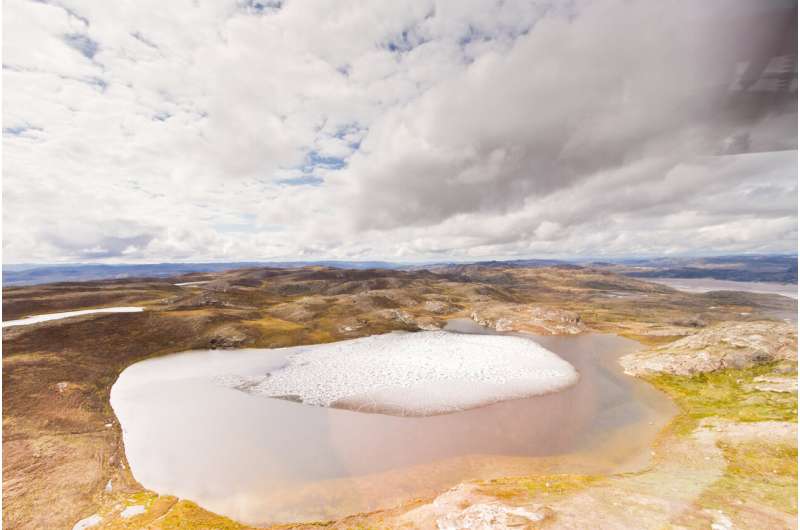
Camp Century is 138 miles inland from the coast and only 800 miles from the North Pole; the new Science study shows that the region entirely melted and was covered with vegetation during Marine Isotope Stage 11, a long interglacial with temperatures similar to or slightly warmer than today. With this information, the team’s models show that, during that period, the ice sheet melted enough to cause at least five feet (1.5m), and perhaps as much as 20 feet (6m), of sea-level rise.
“If we melt just portions of the Greenland ice sheet, the sea level rises dramatically,” says Utah’s Tammy Rittenour. “Forward modeling the rates of melt, and the response to high carbon dioxide, we are looking at meters of sea level rise, probably tens of meters. And then look at the elevation of New York City, Boston, Miami, Amsterdam. Look at India and Africa—most global population centers are near sea level.”
“Four-hundred-thousand years ago there were no cities on the coast,” says UVM’s Paul Bierman, “and now there are cities on the coast.”